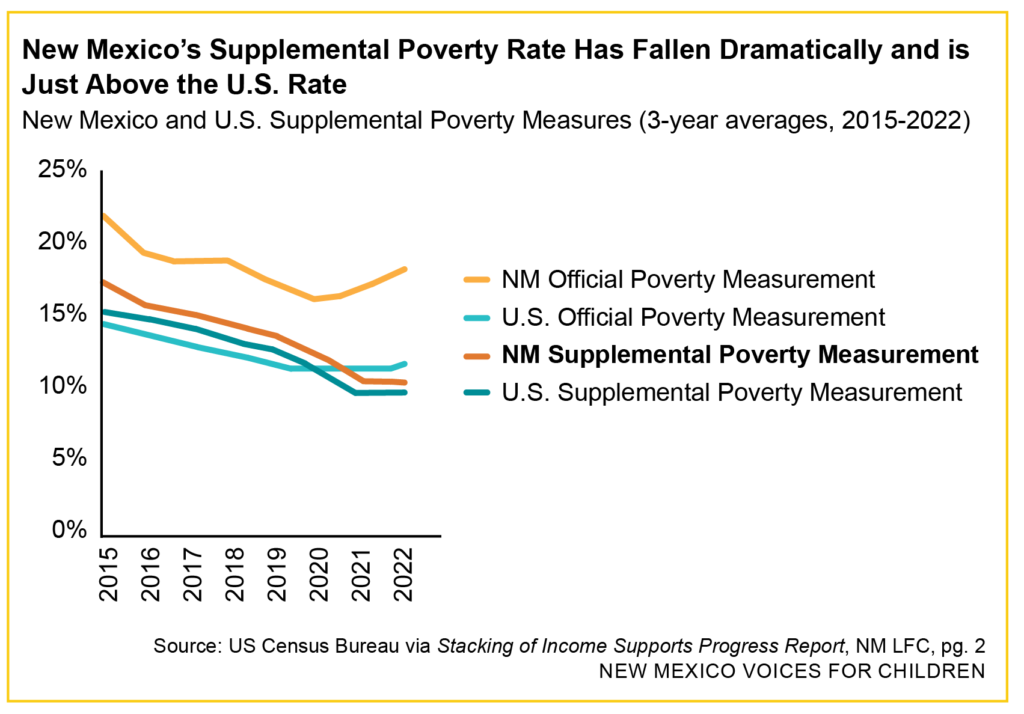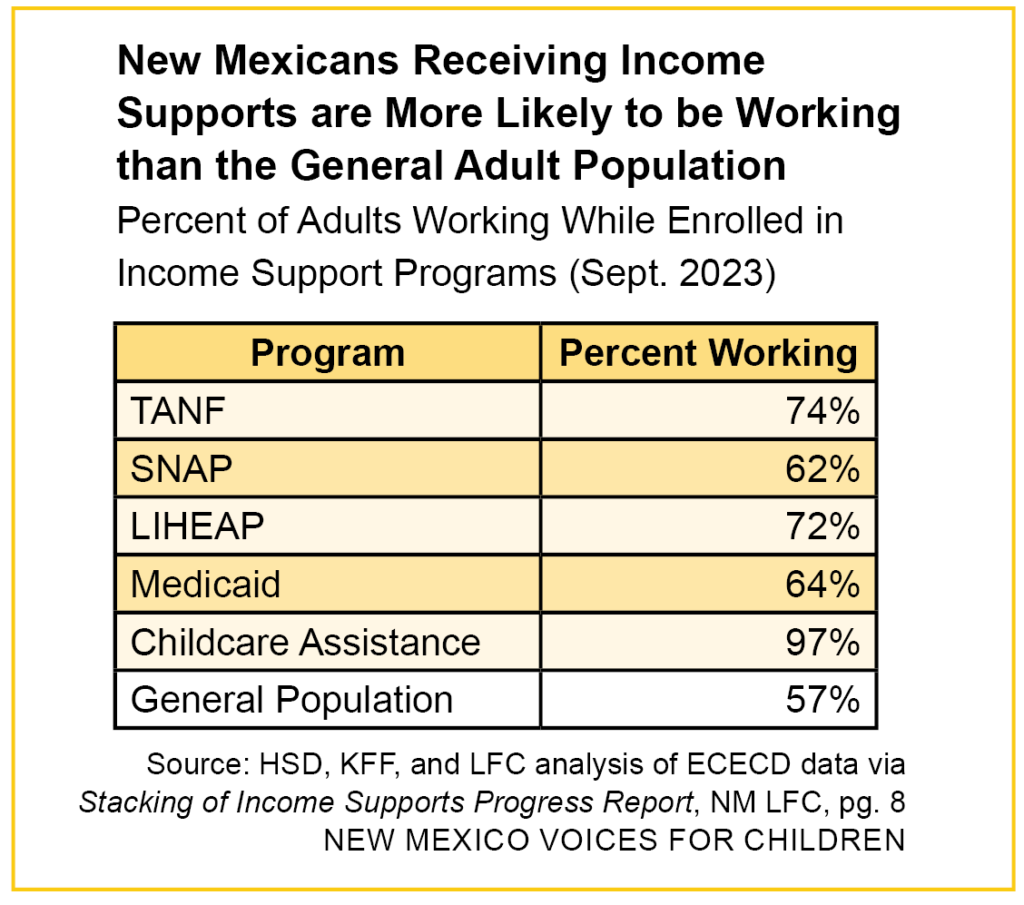 Investments in Families are Effective and Should be Continued
Investments in Families are Effective and Should be Continued
Download this fact sheet (Jan. 2024; 2 pages; pdf)
Poverty is the result of centuries of colonialism and decades of disinvestment and institutionalized and systemic racism. It will require action to right such injustices, and it will take time to eradicate poverty. Just as the advantages of wealth are handed down from generation to generation, so are the disadvantages of poverty.
While good paying jobs are the most reliable path out of generational poverty, eradicating poverty also requires investments in education from cradle to career. Because education takes years to acquire, it must be accompanied by income-support programs that meet more immediate needs. These needs include food, shelter, utilities, transportation, physical and mental health care, and child care.
Income-support programs can take the form of non-cash benefits such as SNAP, housing vouchers, LIHEAP utility assistance, Medicaid, and Childcare Assistance, as well as refundable tax credits such as the Working Families Tax Credit (WFTC) and the Child Tax Credit (CTC).
Over the last decade, New Mexico’s poverty rates have been slowly improving based on the most commonly known measure of poverty, the official poverty measure (OPM). This measure has been tracked since the mid 1960s, only measures household income, and is based on thresholds that are used to determine eligibility for income-support programs. In 2011, a new measure was designed by the U.S. Census Bureau, the supplemental poverty measure (SPM), which was designed to provide greater insight into household economic conditions. The SPM measures the effectiveness of income-support programs in alleviating poverty while also accounting for expenses and regional cost of living to provide a fuller picture of poverty in the U.S.
 In recent years, increases and expansions of the WFTC and the Low-Income Comprehensive Tax Rebate (LICTR), along with improvements in Childcare Assistance, have made a big difference for families who are working their way out of poverty. When the value of these programs are taken into account – as they are in the SPM – it is clear that families earning low incomes are receiving the supports needed to help lift them out of poverty in New Mexico (see graphic).
In recent years, increases and expansions of the WFTC and the Low-Income Comprehensive Tax Rebate (LICTR), along with improvements in Childcare Assistance, have made a big difference for families who are working their way out of poverty. When the value of these programs are taken into account – as they are in the SPM – it is clear that families earning low incomes are receiving the supports needed to help lift them out of poverty in New Mexico (see graphic).
Not only is New Mexico’s SPM dramatically lower than the state’s OPM, we’re also seeing a continuing decline in poverty when accounting for income supports, despite a recent increase in the OPM that resulted from the global pandemic and resulting recession. To this benefit mix we add the newly created and increased state CTC, which can be claimed by families for the first time this year and is a tax credit with a proven impact of reducing child poverty and decreasing disparities in poverty that exist by race and ethnicity.
SNAP benefits are particularly important for young children. Early access to SNAP can improve educational and economic outcomes, including:
• an 18% higher high school graduation rate;
• an 87% higher work rate in SNAP households with working-age adults; and
• women who had access to SNAP at a young age report improved economic self sufficiency as measured by employment, income, poverty status, high school graduation, and program participation.1
 New Mexicans who receive income support benefits are more likely to be working than the general adult population. The labor force participation rate for the general population is 57%. But among those who are receiving benefits, it’s higher, ranging up from 62% – which is on par with the national rate of 62.6%. The labor force participation rate for the beneficiaries of some programs goes as high as 97% (see table).
New Mexicans who receive income support benefits are more likely to be working than the general adult population. The labor force participation rate for the general population is 57%. But among those who are receiving benefits, it’s higher, ranging up from 62% – which is on par with the national rate of 62.6%. The labor force participation rate for the beneficiaries of some programs goes as high as 97% (see table).
Income support programs are likely responsible for higher labor force participation rates because of the availability of child care, and because income supports allow families to spend their money on other necessities that can lead to employment, such as reliable transportation and cell phone service, appropriate work apparel, and the costs of earning a license or training certificate necessary for some jobs.
Income supports – from programs like SNAP, Medicaid, and housing vouchers to tax credits and rebates like the WFTC and LICTR – are effective at lifting families out of poverty and will help New Mexico move away from generational poverty. But we must continue these investments in order to see long-term, systemic change.
New Mexico Has a Handle on Improving Poverty – We Must Stay the Course.
1. SNAP Works for America’s Children, Center on Budget and Policy Priorities, Sept. 29, 2016
